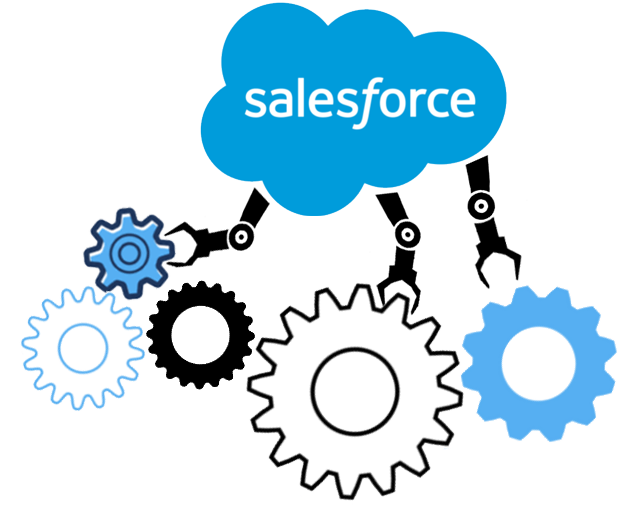Salesforce has become a critical component of many business operations, storing valuable customer data, managing sales processes, and facilitating collaboration. However, disruptions and data loss incidents can occur due to natural disasters, cyberattacks, or system failures. Implementing a robust Salesforce disaster recovery plan is essential to ensure business continuity and minimize downtime. Businesses can mitigate risks, protect their data, and quickly recover from disruptions by focusing on the key elements of Salesforce disaster recovery.
Risk Mitigation
To mitigate risks and enhance the effectiveness of your Salesforce disaster recovery plan, consider the following elements:
- Risk Assessment: Conduct a comprehensive risk assessment to identify potential threats and vulnerabilities in your Salesforce environment. This includes evaluating physical infrastructure, network security, data management practices, and user access controls. Understanding your risks will help you develop targeted recovery strategies.
- Redundancy and Replication: Establish redundancy by implementing replication across multiple Salesforce instances. This ensures that operations can seamlessly transition to another model without significant downtime if one example fails. Image can be performed within the same region or across different geographical locations for added resiliency.
- Data Backups: Regularly back up your Salesforce data to protect against data loss. This includes customer records, metadata, configuration settings, and customizations. Employ reliable backup solutions that offer automated, scheduled backups with versioning capabilities. Store backups in secure offsite locations or leverage Salesforce’s native backup and restore functionality.
Minimizing Downtime
To minimize downtime and expedite recovery, focus on the following elements:
- Recovery Time Objectives (RTOs): Define RTOs to establish how quickly your business needs to recover from a disruption. This metric drives the urgency of your recovery efforts and helps allocate resources accordingly. Set realistic RTOs based on the criticality of different Salesforce components and the impact of their unavailability.
- Recovery Point Objectives (RPOs): Determine RPOs to specify the maximum acceptable data loss during recovery. RPOs guide your backup frequency and ensure you can restore your data to a point just before the disruption. Consider data volatility, business dependencies, and regulatory requirements when setting RPOs.
- Testing and Validation: Regularly test your disaster recovery procedures to verify their effectiveness and uncover potential weaknesses. Test both backup restoration and failover processes to different Salesforce instances. Validate data integrity and ensure critical business functions can resume smoothly during recovery exercises. Adjust and refine your plan based on test results.
Conclusion:
Mitigating risks and minimizing downtime are crucial elements of Salesforce disaster recovery. By conducting a thorough risk assessment, implementing redundancy and replication, regularly backing up your data, defining RTOs and RPOs, and testing and validating your recovery procedures, you can enhance the resilience of your Salesforce environment. With a robust disaster recovery plan in place, your business can minimize the impact of disruptions, protect critical data, and maintain continuity in Salesforce operations. Stay proactive, regularly review and update your plan, and ensure that your disaster recovery strategy aligns with your business’s evolving needs and industry best practices.











Leave a Reply